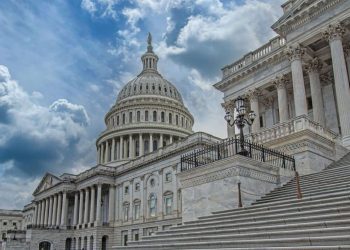RISMEDIA, April 30, 2009-Most baby boomers, like their parents, are choosing to “age in place,” but a large and growing number – more than 1.2 million households – are choosing to move to communities designed to meet their needs, according to a study released by the National Association of Home Builders (NAHB) and the MetLife Mature Market Institute (MMI). The data is significant because by 2010, the boomers will represent one quarter of the U.S. population – a group that will greatly impact the choices available in the housing market.
“The baby boomers’ influence on housing choices has been profound, and will have a huge impact on trends in housing for the mature market as that age group continues to move toward retirement,” said Sandra Timmerman, director of the MetLife Mature Market Institute. “Some findings, such as the tendency for buyers in 55+ communities to continue to work in greater numbers and for longer periods of time, show us that this group is redefining the traditional notion of retirement to suit their lifestyle choices.”
The multi-phased study, “Housing for the 55+ Market: Trends and Insights on Boomers and Beyond,” examines a number of trends and behaviors of the important boomer segment and the population in general. The research, released during NAHB’s Building for Boomers & Beyond: 50+ Housing Symposium includes an in-depth profile of the 55+ market, based on figures from the U.S. Census Bureau’s American Housing Survey from 2001 through 2007. The study showed that the new homes offered to 55+ buyers and renters grew in size from an average of about 1,800 square feet to about 2,300 during that time period – likely still a downsize for many, since almost no one reported that a desire for a larger home was among their reasons to move. Those who moved from their existing homes did so primarily for reasons relating to their families, but the design and look of the community, and the quality of the home, as well as the design and layout of the new residence, were the factors most often considered by those who chose to move.
“NAHB has tracked the 55+ population and its share of the housing market for decades,” said David Crowe, NAHB’s chief economist. “But this new data gives us our first look at specific consumer behaviors and preferences – what they look for in a home, the reasons why they move and the characteristics of the communities they choose – over an extended period of time. By examining emerging trends, we have a clearer picture of what the mature market wants in homes and communities, which gives builders the tools to build housing that will meet those needs.”
The research showed that while most 55+ consumers prefer to stay in their current home as they age, an increasing number (3%, compared to 2.2% in 2001) will opt for an age-restricted community designed to attract “active adults” with a heavy emphasis on lifestyle. The analysis also confirmed that while most consumers were generally happy with their current homes, residents of age-restricted active-adult communities had the highest satisfaction rates.
The research noted that those who were residents of multifamily dwellings often sought less expensive homes. Of the baby boomers who are close to the traditional retirement age of 65, many are not yet planning to retire, are looking for a community close to their place of employment, or one that allows them to transition into a work-from-home situation. The number of people who chose a community close to work increased from 11.4% in 2001 to 16.6% in 2007.
While there is increasing interest in age-restricted housing among mature adults, the number of units being built has decreased with the downturn in the economy. Not coincidentally, sales of new homes for active adults have fallen off as interested buyers either cannot sell their current homes, or simply decide to wait for a more stable market.
For more information, visit www.nahb.org or www.maturemarketinstitute.com.










